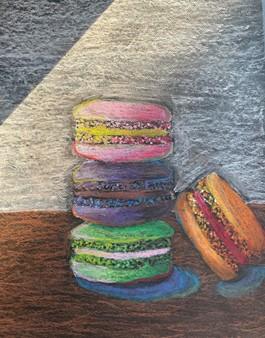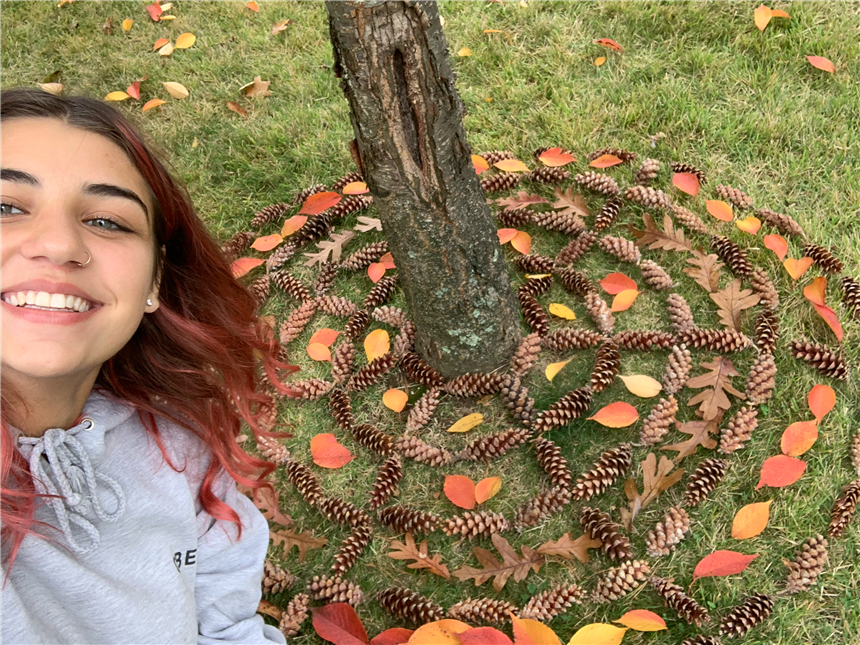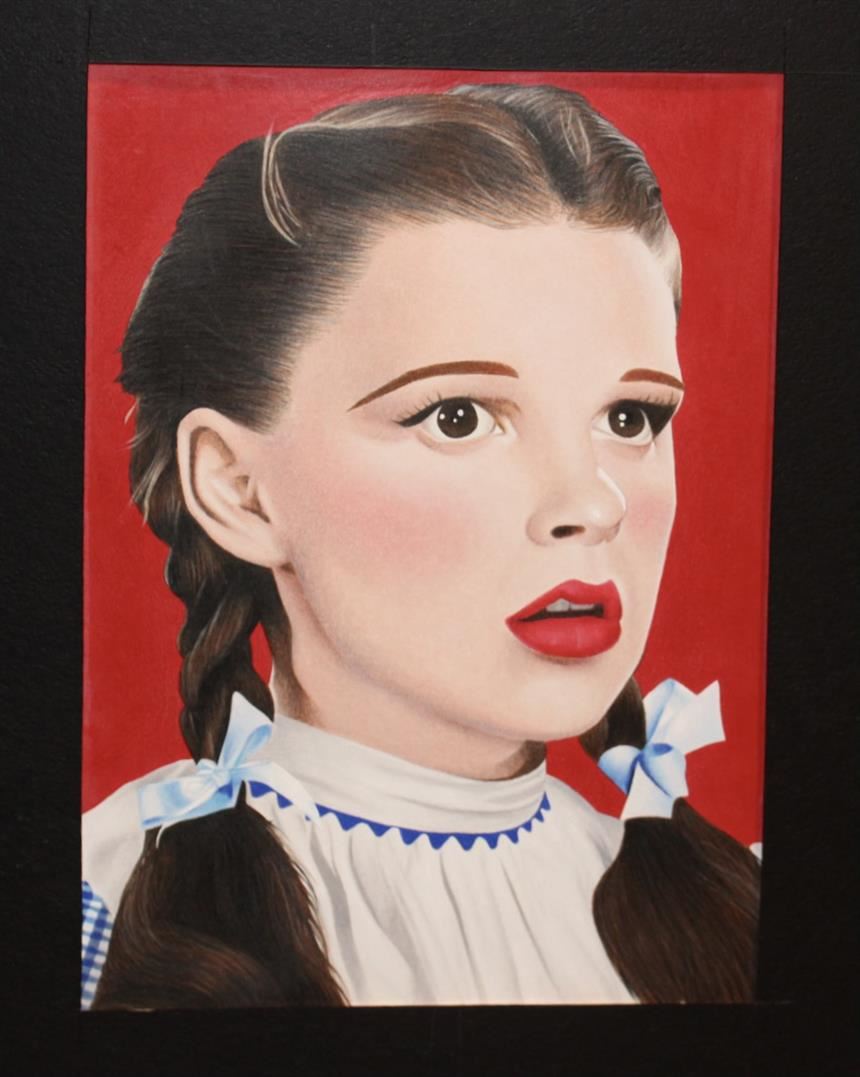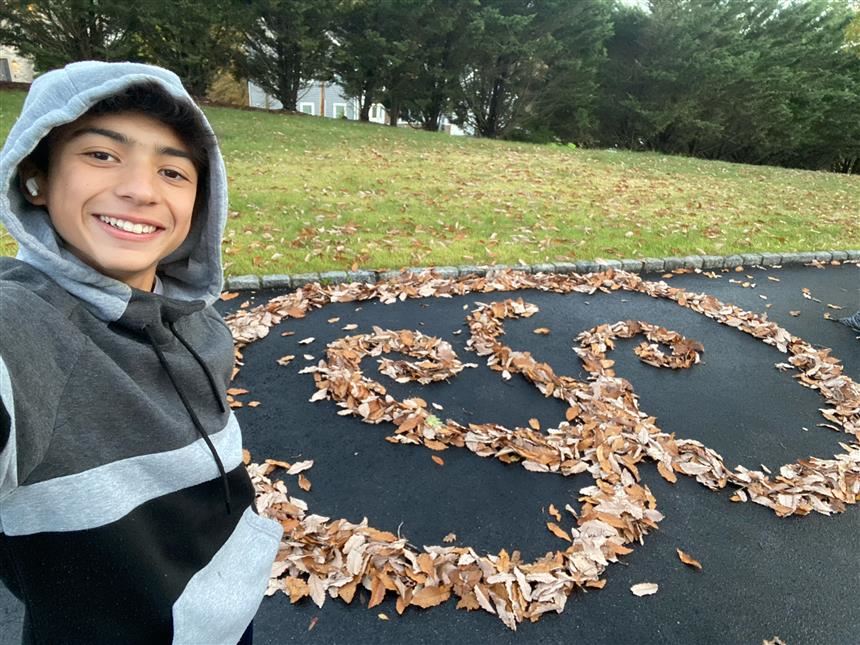How the Classical Arts are Operating Through the 2020-2021 Virtual School Year
![]()
Nick Busciglio '21
30 November 2020
The following is the first in a series of Valley Echo articles spotlighting how various elective courses are handling the transition to the virtual classroom. Stay tuned to the Valley Echo for future articles in the series.
As classes have moved online, Passaic Valley's classical arts classes have adjusted in creative and ingenious ways. Teachers have teamed together and gone out of their way to provide students with the materials they need to make the transition.
 Classical arts teachers Ms. Jennifer Chelel, Ms. Carolyn Ingraham and Ms. Corine Czepiel helped each other through the process of turning to virtual instruction. Together, they found that doing an example with the material and a PowerPoint before the students create projects themselves is the best strategy. Students then work on their projects during class time. “The students have their cameras pointed at their work so I can see their progress," said Ms. Chelel, who teaches Art Explorations, Painting & Photographic Sources, and Painting Honors. "I will interject every now and then with some tips.”
Classical arts teachers Ms. Jennifer Chelel, Ms. Carolyn Ingraham and Ms. Corine Czepiel helped each other through the process of turning to virtual instruction. Together, they found that doing an example with the material and a PowerPoint before the students create projects themselves is the best strategy. Students then work on their projects during class time. “The students have their cameras pointed at their work so I can see their progress," said Ms. Chelel, who teaches Art Explorations, Painting & Photographic Sources, and Painting Honors. "I will interject every now and then with some tips.”
While the virtual classroom has posed significant challenges, Ms. Chelel, Ms. Ingraham, and Ms. Czepiel utilized the change in environment to their advantage. "Considering the students are on the computer all day, when the weather has allowed for it I have had them go outside and use nature in order to create 3D pieces," said Ms. Czepiel, who teaches 3D Design and Advanced 3D Design Honors, which combines elements of ceramics and sculpture. "We discussed Land Art and Environmental Art so they would go outside and collect items such as rocks, branches, leaves, pinecones, acorns, flowers, etc. Then, they created a design focusing on pattern and shape with the items."
One obstacle all of the classical art teachers have had to overcome is making sure all the students have the materials to participate. Each of the art teachers considered that the students may not be able to share their materials or get more when needed. The teachers calculated potential materials needed for all the projects they would be assigning and then were able to distribute the materials for each student. In anticipation of students running out, they ordered extra materials to ensure they are able to give out extra supplies when needed. The students are able to pick up their materials from the main office.
 Ms. Ingraham, who teaches Art Explorations, Drawing Communications, Cartooning, and Honors Portfolio, had to think of a creative way for her students to be able to trace their projects. To recreate the light tables she uses in her classroom, she bought one hundred and fifty clear bins for her students. Once the bins were distributed, all her students had to do was place a light under their bins, making their very own at-home light table.
Ms. Ingraham, who teaches Art Explorations, Drawing Communications, Cartooning, and Honors Portfolio, had to think of a creative way for her students to be able to trace their projects. To recreate the light tables she uses in her classroom, she bought one hundred and fifty clear bins for her students. Once the bins were distributed, all her students had to do was place a light under their bins, making their very own at-home light table.
Virtual learning changed a lot of the day-to-day practices, but the classical art teachers made sure to maintain the essence of their classes. "The arts are just as important as your tested subjects, because it helps with problem-solving, critical thinking skills, organizing, planning, criticism, team-building, and (most importantly this year) social and emotional health," said Ms. Czepiel. "I love what I do."
Though the courses focus on different forms of art, the teachers faced the same obstacles and overcame them together. This sort of resilience throughout Passaic Valley is a large part of the success the school has had transitioning to online learning.


